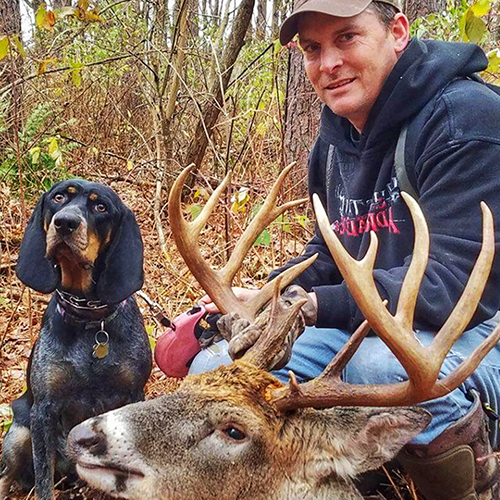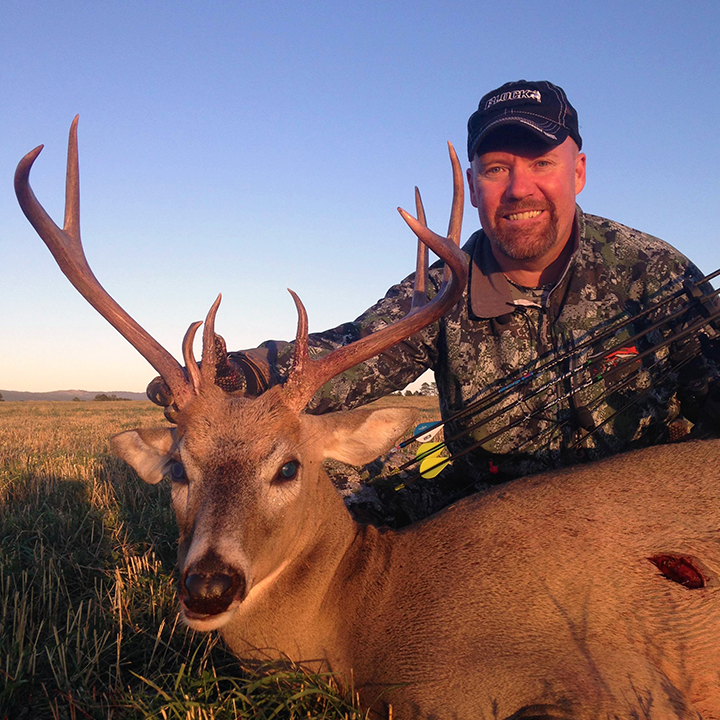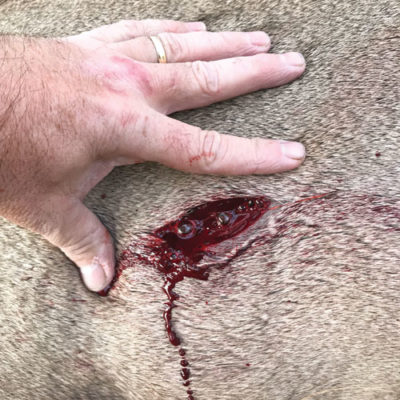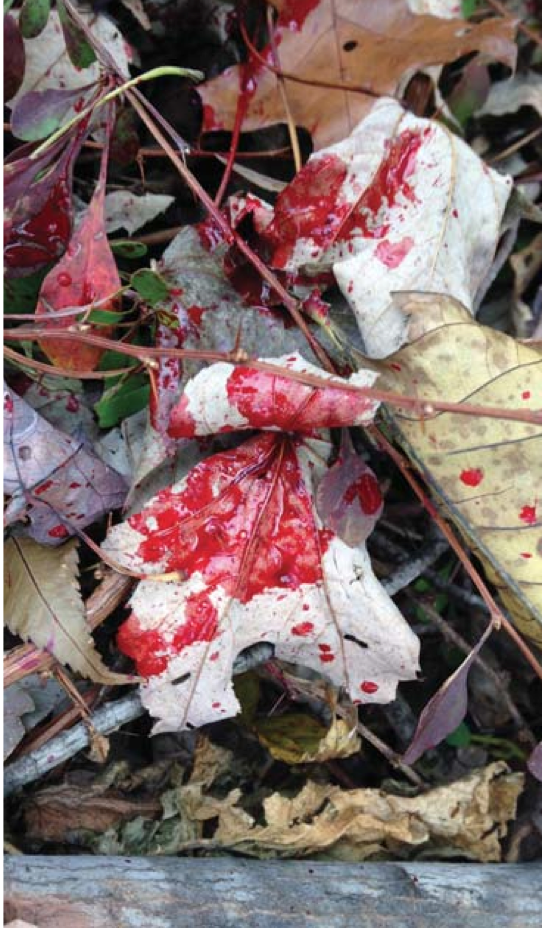Special guest and renowned tracker, Tracker John, shares when to call in a tracking dog, and what to do/not to do to stack the odds in the dog’s favor.
Tag: blood tracking
When to Start Tracking Deer | Land of Whitetail
In this episode, we show a real-life example of what to do when the shot isn’t what you wanted.

#2: BLOOD TRAILING with Shane Simpson | Deer Talk Now Podcast
Together with his trusty bloodhound, Shane takes the track of more than 40 wounded deer every year, and he chronicles these trails for valuable learning lessons.

The Worst Blood Trailing Advice on the Internet
Daniel E. Schmidt lists the five worst pieces of advice he’s seen on the internet when it comes to blood trailing.

What to Do After a One-Lung Shot
You think you made a one-lung hit … now what? Daniel E. Schmidt explains how these shots happen and how to recover the deer

The Hunting Community Lost an Icon
The pioneer of using tracking dogs for recovering wounded big game in America, John Jeanneney, will be missed by many.

When to Wait | Deer & Deer Hunting TV
Knowing when to start tracking a deer makes for a better hunter. Understand when to go after a deer and when to wait after the shot.

Why Some Blood Trails Dry Up so Quickly
Taking home your trophy is much easier when you have a clear blood trail to follow. These are a few reasons why some blood trails stop short.

Blood Trailing Tactics | Deer & Deer Hunting TV
Dan Schmidt goes on an exhausting blood trail just to be reminded at the end of the hunt why he measures his successes in memories.

The Best Tips for Tracking Deer When the Blood Trail Stops
If the obvious bloodtrail ends after you shoot a deer, don’t give up hope. Trailing may become tougher but you can still find the deer with determination and understanding why the blood stopped.
